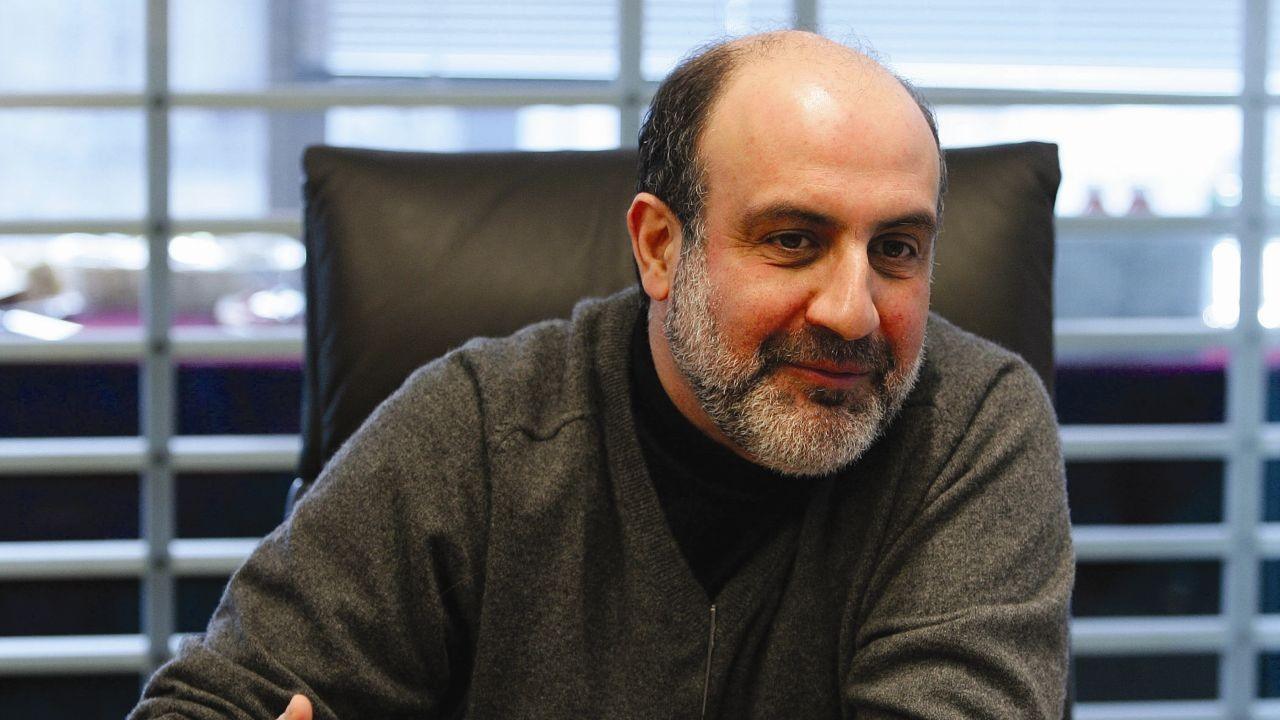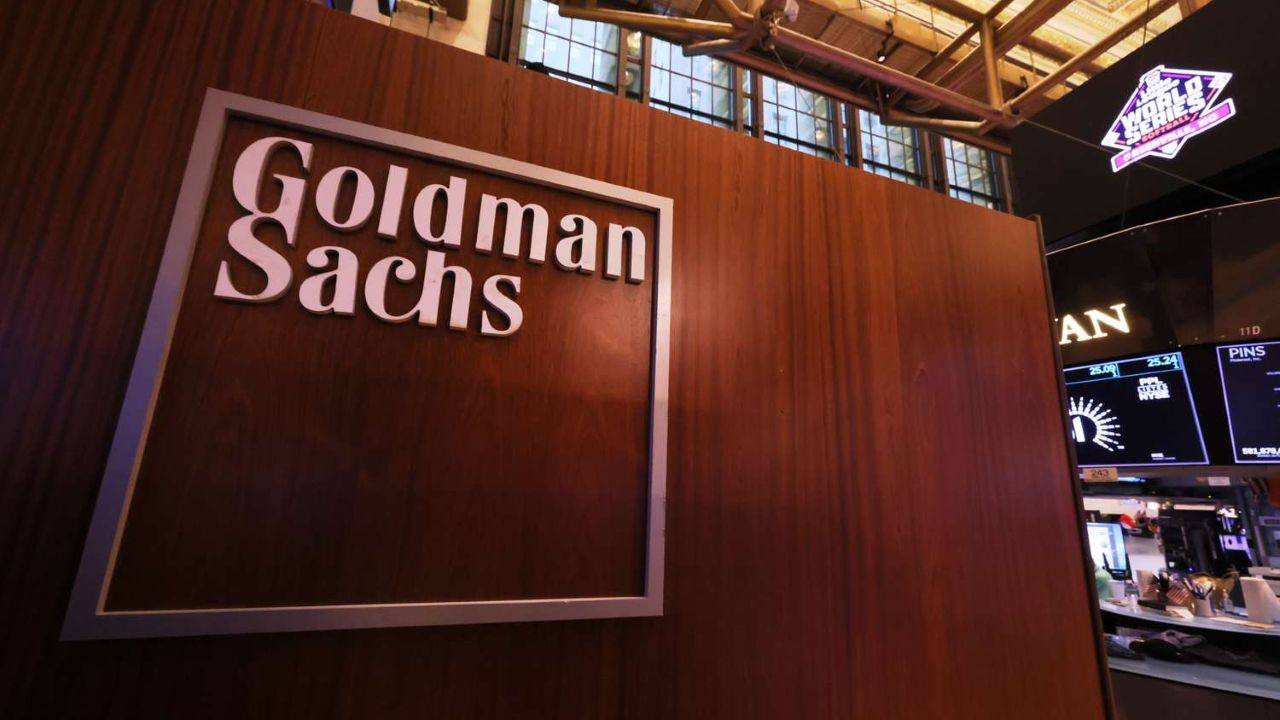Paolo Ardoino CEO of stablecoin issuer Tether has always been a rabid sci-fi fan, and he’s no stranger to the concept of a dystopian future. So it’s no surprise that as a computer science researcher, he was very excited about building a peer-to-peer communications system that could survive the adverse conditions of war.
“I had to build a peer-to-peer communications system for battlefields,” Ardoino told Bitcoin.com in an interview. “You have to put yourself in the shoes of the person that will need that communication…His life depends on that.”

(Statistician Nassim Taleb coined the term “antifragile” to describe a system that thrives in adverse conditions / Penguin Publishing)
That mindset of building robust technologies that don’t fail under pressure, and in fact thrive, what statistician Nassim Taleb dubbed “antifragile,” became one of Ardoino’s guiding principles.
“So that really was the culmination of my understanding,” Ardoino explained. “And that’s basically Tether.”
Tether was officially launched in July 2014 as “Realcoin” before being renamed to Tether a few months afterwards. The company created several tokens on top of the Bitcoin blockchain using the Mastercoin protocol. One of those tokens morphed into the tether ( USDT) most people are familiar with today and by 2018, the number of tethers issued was well into the billions and the stablecoin was responsible for a significant amount of Bitcoin trading volume.
That’s when people started paying attention, and also when controversy began. Many accused the firm of printing money (in the form of USDT) out of thin air. Others suspected Tether was manipulating bitcoin ( BTC) prices. Then in 2019 New York Attorney General Letitia James launched an investigation into the company and its sister firm, cryptocurrency exchange Bitfinex, accusing both entities of hiding financial losses from clients. The suit was eventually settled for $18.5 million more than two years later and Tether did not admit to any wrongdoing.

(New York Attorney General Letitia James accused Tether and Bitfinex in 2019, of concealing heavy financial losses / NPR)
But the controversies and rumors have never really stopped. Just last October the Wall Street Journal published an article claiming Tether was being investigated for money laundering. The firm issued a scathing response to the allegations, calling the Wall Street Journal’s reporting “reckless” and “irresponsible.”
Perhaps Tether’s first “mainstream moment” came when the company reportedly raked in more than $13 billion in net profit at the end of 2024 with only a handful of employees, probably less than 200. To put that into perspective, the most respected firm on Wall Street, Goldman Sachs, achieved roughly the same amount of profit in 2024, but required 46,500 employees to pull it off.

(Both Tether and Goldman Sachs reportedly generated roughly the same amount of net profit in 2024, but Tether currently has less than 200 employees while Goldman Sachs has around 46,500)
“What we are demonstrating with Tether is that if you embrace new technology, you can become 99.5% more efficient,” said Ardoino. “I don’t think you will efficiently run operations with tens of thousands of people in the future.”
Ardoino says Tether was fortunate enough to start its business using the best financial technology, that is, blockchain. The company also uses artificial intelligence (AI) extensively. But Tether not only uses AI, it also invests in it.
“We are investing in artificial intelligence because we believe in the importance of creating AI platforms that keep the data of the people with the people,” Ardoino said. “People need to use AI for themselves…They need to be able to run AI models directly on their smartphones and keep their data private…big tech firms will just milk that data.”
Today, Tether has no shortage of accolades. It was the first company to issue a stablecoin and USDT is currently the world’s largest stablecoin by way of market capitalization. As one of the most profitable companies in the world, Tether is using its financial resources to venture into bitcoin mining, BTC treasury companies, and AI. But the choice of investments has a common thread: freedom.
“Our focus is freedom,” Ardoino explained. Indeed, Tether has invested in companies such as Rumble, a Youtube alternative that focuses on free speech. Ardoino also says his firm has invested in more Bitcoin startups than any other company.
“Although we’re doing many things, we don’t want to spread ourselves too thin,” Ardoino explained. “We just want to focus on the huge vertical…of freedom.”
免责声明:本文章仅代表作者个人观点,不代表本平台的立场和观点。本文章仅供信息分享,不构成对任何人的任何投资建议。用户与作者之间的任何争议,与本平台无关。如网页中刊载的文章或图片涉及侵权,请提供相关的权利证明和身份证明发送邮件到support@aicoin.com,本平台相关工作人员将会进行核查。




